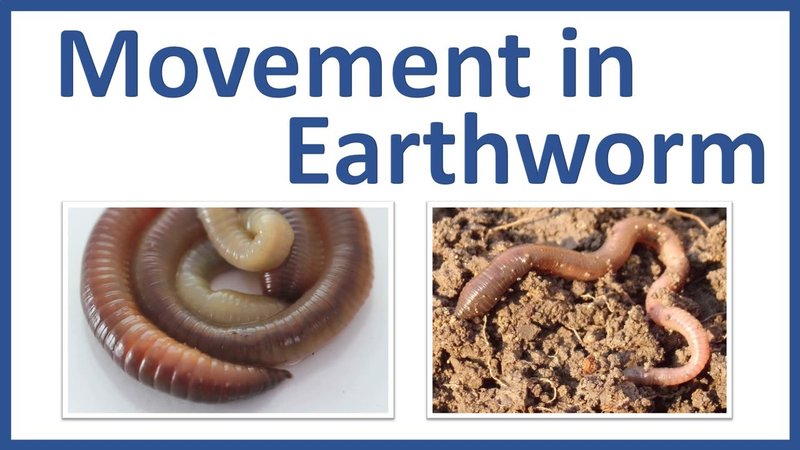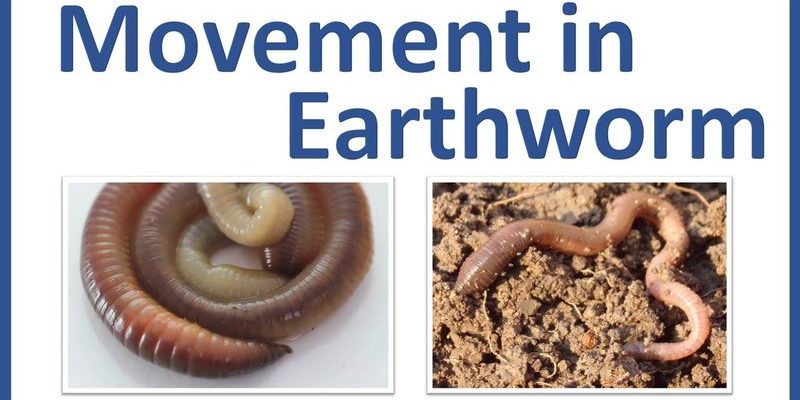
Earthworms are fascinating creatures. They play a crucial role in our ecosystem, helping to aerate the soil and break down organic matter. But when the weather shifts, they often take action. So, why are they suddenly popping up when the rain starts pouring? Let’s dig deeper into the relationship between earthworms and the weather.
How Weather Affects Earthworm Behavior
Earthworms aren’t just mindlessly slithering around; they respond to environmental changes like any other creature. When rain falls, the soil becomes saturated with moisture, creating an ideal environment for earthworms. They thrive in wet conditions, which allow them to breathe better. You see, earthworms absorb oxygen directly through their skin, and moist soil helps with that process.
Here’s the thing: when the soil gets too dry, earthworms face a bit of a crisis. They can’t breathe properly, and their skin can dry out, which is harmful. So, during dry spells, earthworms might burrow deeper into the ground to survive. But when the rains come, they often migrate to the surface to take advantage of the wet soil, making their way across the ground in search of food or new habitats.
Earthworm Migration: A Strategy for Survival
You might be wondering why earthworms don’t just stay put during rainy days. Well, migrating allows them to find new food sources and mates, which is essential for their survival. Earthworms typically feed on decaying organic matter and microorganisms in the soil. When soil becomes saturated, food sources become plentiful, and it’s an excellent time for them to venture out.
Think of it like a buffet after a long drought. When the earth is moist, earthworms have more access to nutrients and can help break down organic material more effectively. Plus, moving around also helps them avoid overcrowded conditions in their original home. So, migration isn’t just a whim; it’s a survival tactic!
Temperature and Earthworm Movement
While moisture plays a significant role in earthworm behavior, **temperature** is another critical factor. Earthworms prefer a temperature range between 50°F and 80°F (10°C to 27°C). When temperatures drop below this range, they become less active. On the flip side, during hot weather, they might burrow deep into the soil to escape the heat.
You might see them inching their way to the surface during mild, damp days in spring or fall. These temperatures often encourage more movement, just like you might feel more energized on a nice day. In colder months, they’ll retreat to deeper soil layers where the temperature remains more stable, allowing them to wait out the chilly weather until conditions improve.
The Role of Soil Conditions
Another aspect to consider is the **soil condition** itself. Earthworms prefer loose, crumbly soil that allows them to move easily. When heavy rains hit, soils can become compacted or saturated. If the soil is poorly drained, it might create an inhospitable environment for worms.
In ideal conditions, earthworms thrive. They need a balance of moisture and oxygen, and if the soil retains too much water and becomes waterlogged, it could lead to suffocation. However, during light to moderate rains, the moisture encourages them to come out, but if you find them all over your driveway after a downpour, it’s likely that the soil became too saturated and they needed a quick escape.
The Impact of Urban Areas on Earthworm Migration
In urban environments, factors impacting earthworm migration can vary greatly compared to rural settings. Urban areas might have more compacted soils due to construction and heavy foot traffic. This can hinder the earthworms’ ability to migrate freely. However, after rains, you might still see them on the surface trying to navigate their way through sidewalks and streets.
Interestingly, some urban gardens and green spaces have become havens for earthworms, providing them with nutrients and moisture. With proper composting practices, city dwellers can enhance conditions for these critters right in their backyards, making urban gardening a little more earthworm-friendly.
Why Understanding Earthworm Migration Matters
Understanding how **earthworms migrate based on weather** isn’t just for curiosity’s sake. It sheds light on the health of our ecosystems. Healthy populations of earthworms indicate a thriving environment, as they improve soil structure and fertility. Observing their migration patterns can also help farmers and gardeners know when to plant and how to care for their soils.
For instance, if you see a big influx of earthworms after a good rain, it might be a sign to prepare your garden or plant seeds, as the soil is likely enriched with nutrients they’ve helped circulate. Plus, being aware of their migration helps in understanding broader ecological changes in response to climate variations.
In the grand circle of life, earthworms play a crucial role, acting as nature’s recyclers. Their migration based on weather is fascinating and essential for maintaining soil health. So, the next time you spot earthworms on a rainy day, take a moment to appreciate their journey. They’re not just wandering aimlessly; they’re responding to Mother Nature’s cues, making our world a better place one wiggle at a time.
Understanding these little creatures can lead us to treat our planet with more respect, ensuring that they have the right conditions to thrive. After all, a healthy ecosystem benefits us all!

